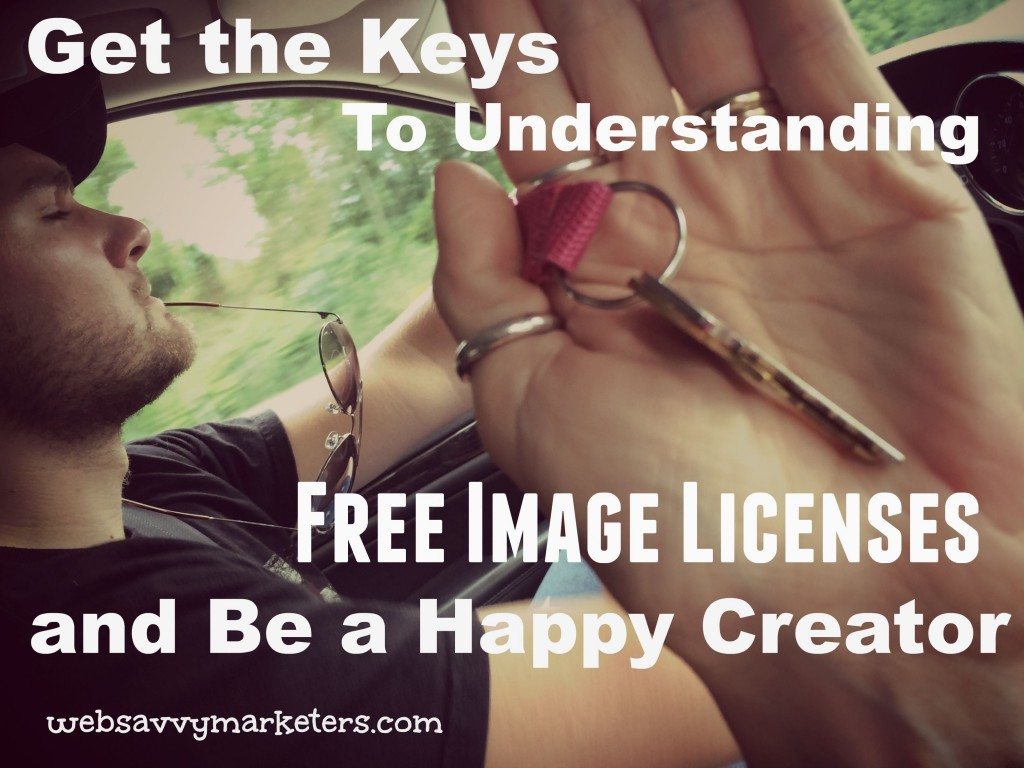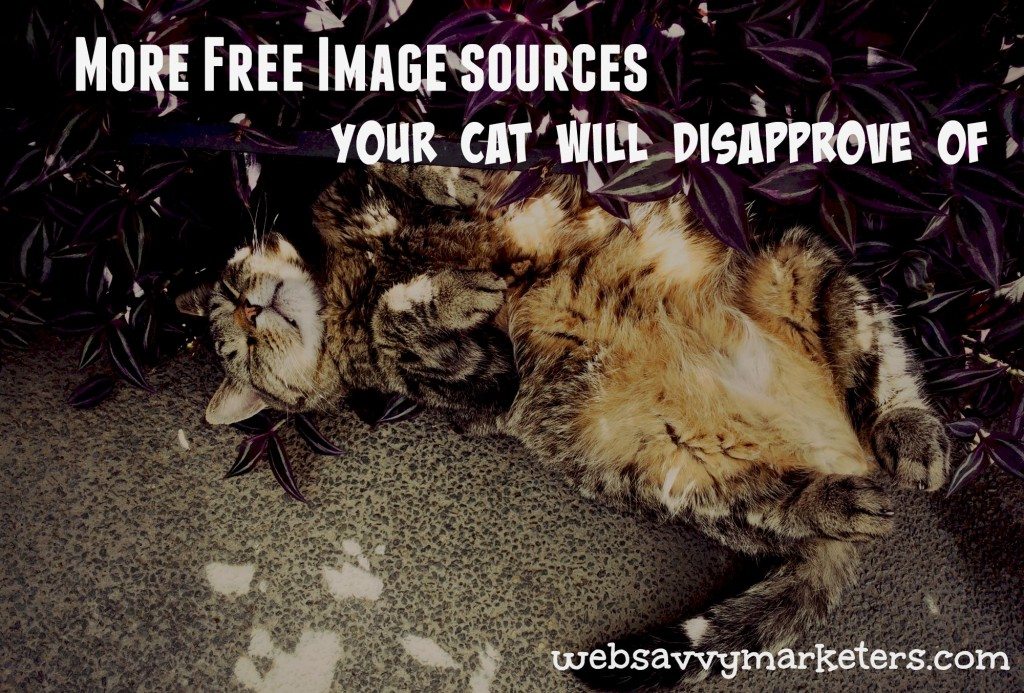 If you’re looking for run-of-the-mill motivational quotes, you’ve come to the wrong place. Handpicked to help you begin your new year right, this is a curious collection that I hope will spur you into action. And unless you’re my clone, or you write for a living, I doubt you’re familiar with every last one of these words of wisdom.
If you’re looking for run-of-the-mill motivational quotes, you’ve come to the wrong place. Handpicked to help you begin your new year right, this is a curious collection that I hope will spur you into action. And unless you’re my clone, or you write for a living, I doubt you’re familiar with every last one of these words of wisdom.
Don’t let 2016 be a hamster wheel of sameness or inaction. Help stop your unproductive days from spiraling into endless lethargy. Instead, focus on creating a steadfast and resolute mindset despite being surrounded by a never-ending to-do list, energy-sucking news, and mindless chatter.
Ring in the new year with some solid motivational and edifying quotes on work and life. Bookmark them, pin them, post them, share them, or just read them out loud. Give yourself the chance to kvell over how well you’ll do in 2016 with a fresh start and a new perspective.
“When you think you can’t go anymore, when your brain says you’re done, you’re only 40% done. You can push yourself much farther.”
What a concept! Build your confidence with this mantra, and give yourself a dose of what you need to tackle whatever else comes your way. Goggins idea is to pursue excellence by challenging yourself to go to the next level, to get uncomfortable and face whatever it is that’s stopping you.
Why use the 40% rule? Because “No one ever drowned in sweat.” ~USMC Officer.
“We got to stop thinking we have a secret sauce when in reality, it’s nothing but thousand island dressing.”
~Marcus Sheridan of the Sales Lion
Sheridan is talking about his secret to success. It’s what he calls the golden rule of content marketing, and it’s simple. “They Ask, You Answer” is also the title of his book.
He took the leap and began answering his customer’s questions, even the ones that competitors were unwilling to, because transparency is the key to earning trust.
When I first read about this amazing businessman, I was encouraged to learn that you can be yourself, you can begin at something and be really bad at it, and it’s okay. Because making honest progress is the only thing that matters.
“Our story is never written in isolation. We do not act in a one-man play. We can do nothing that does not affect other people, no matter how loudly we say, ‘It’s my own business.’”
~Madeleine L’Engle, Walking on Water: Reflections on Faith and Art
Think of it this way. Nothing you do will be insignificant. Your every decision, every move, and every word has potential to make an impact.
L’Engle wrote many books, but she waited ten years before her first book was published. You might have heard of it. If you haven’t read A Wrinkle In Time, read it. Better yet, make an impact and read it to a young person.
“Your life is your story. Write well. Edit often.”
Another day is another opportunity to live the way you know you must. You can edit your life. You can scratch out the parts and characters you don’t want in it. What are you waiting for?
“I missed more than 9000 shots in my career. I’ve lost almost 300 games. 26 times. I’ve been trusted to take the game winning shot and missed. I’ve failed over and over and over again in my life. And that is why I succeed.”
~Michael Jordan
If you haven’t heard it by now, you haven’t been reading much motivational writing. Failure only happens to those who don’t try. I found this quote on social media, and I like the visual of shooting for the basket as a metaphor for shooting for success.
It doesn’t matter how many times you miss. What matters is that you keep trying, if that’s what really matters to you. Do you love what you’re doing? Do you want to improve your game? Then keep on giving it your best shot.
“You have to take care of yourself in order to have the alignment and the power in order to take care of others at the capacity that we do.”
She was talking about finding a balance in life for mothers – but it applies to everyone. Neglecting to take care of yourself leads to looking to others for your happiness instead of taking responsibility for it yourself.
Find the balance between personal, family, and work. It’s a three-legged stool and without a solid seating using all three legs, you’re going to struggle to stay upright.
“Life is 10% what happens to me and 90% of how I react to it.”
~Charles Swindoll
There’s so much more to this than meets the eye. Everyone is tempted to play the blame game, but it’s when you own your life and work to make it what you want, using your unique gifts, that you’ll rise above all the bad stuff that is bound to happen.
“Between stimulus and response there is a space. In that space is our power to choose our response. In our response lies our growth and our freedom.”
~Viktor Frankl
Frankl has inspired many in his book, Man’s Search for Meaning, where he begins with an account of his experiences in Auschwitz and other concentration camps, and then turns these realities into remarkable insights. This book might alter your outlook on every manner of thing you’ve held dear.
In the end, it’s your choices that matter. Ask yourself daily, “Who is in control of my life?” Don’t ever forget who’s in the driver’s seat of your life.
“It matters not how strait the gate,
How charged with punishments the scroll,
I am the master of my fate:
I am the captain of my soul.”
~William Ernest Henley
“Invictus” is a short Victorian poem written in 1875, one you might recall from the film of the same name with Morgan Freeman playing Nelson Mandela. Invictus means “undefeated” or “unconquered” in Latin.
Will your 2016 be a year of undefeated conviction in working toward your success?
“The way we see things is the source of the way we think and the way we act.”
~Stephen Covey
In The Seven Habits of Highly Effective People, Covey demonstrates how your perceptions, or your paradigms of thinking, determine the way you behave. He uses the analogy of maps to convey how people view the world. Each person has their own map or paradigm.
How are you going to view your year? Will you assume that your map is the only way to see things? Will your attitudes and behaviors be based solely on your built-in map, or will you consider how other people see things differently?
“Sometimes, through our own doing, we make little problems big by taking them way too seriously.”
~Nick Vujicic
In Life Without Limits, Vujicic takes us through the challenges of growing up without arms or legs. His perception of what constitutes limitations will make anyone rethink their paradigm of what defines wholeness in a human being.
Several years ago I met this amazing man. Already overwhelmed by tears as I approached him, his hug — he’s known as the hugging machine — spoke volumes to me about true inner strength and courage.
“.. Fear is often described as False Evidence Appearing Real,” he writes. Let go of your aggravations and annoyances. Change your paradigm and change your life!
“No man knows how bad he is till he has tried very hard to be good.”
~C.S. Lewis
But don’t let that discourage you from trying. You’ve probably figured out by now that without a healthy dose of reality and sincere effort, you won’t get too far or stay there too long. Besides, being genuinely good will return rewards tenfold — when you do it for no reason but to be good.
As Lewis also wrote, “Do not waste time bothering whether you ‘love’ your neighbor; act as if you did. As soon as we do this we find one of the great secrets. When you are behaving as if you loved someone, you will presently come to love him.”
Your new year is waiting. Go out there and live it well, be good, and don’t worry when you mess up. That’s called making progress.
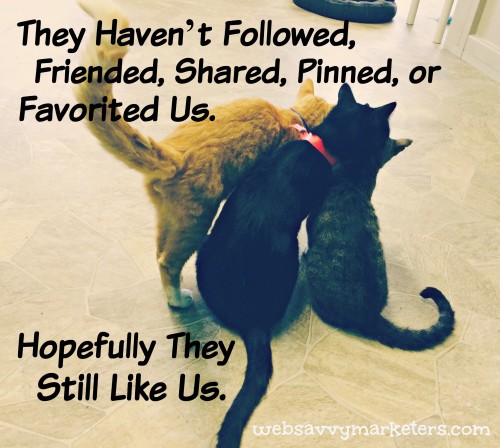
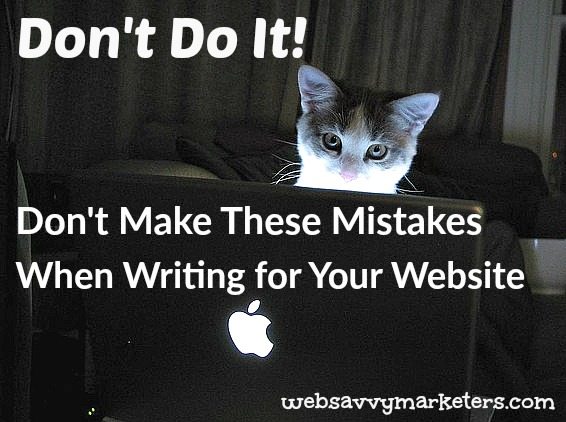
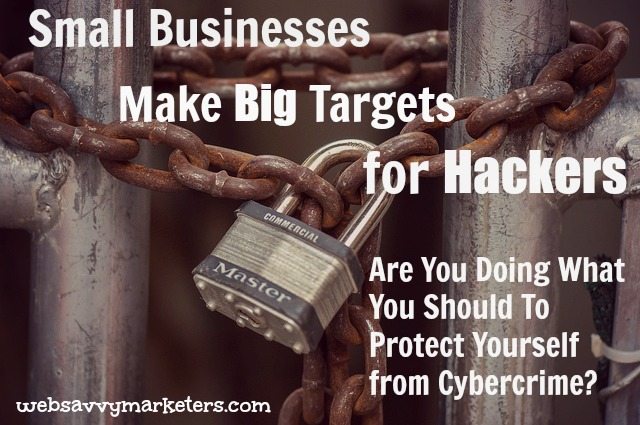
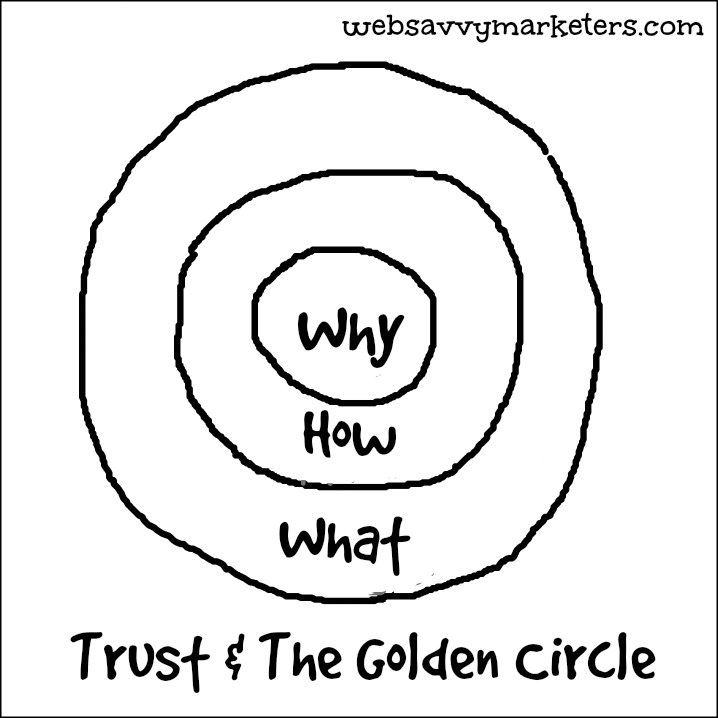
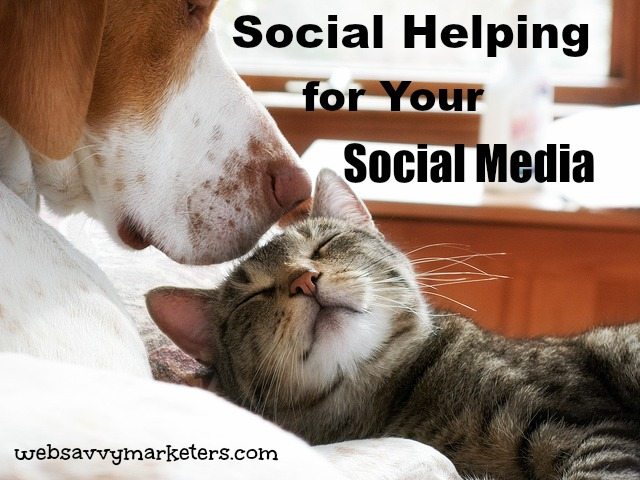


 Dispel the old image of manufacturing as “dirty, dumb, dangerous, and disappearing.” Show how work environments and skills have changed to incorporate highly advanced machines and processes requiring computer-savvy workers with multiple talents.
Dispel the old image of manufacturing as “dirty, dumb, dangerous, and disappearing.” Show how work environments and skills have changed to incorporate highly advanced machines and processes requiring computer-savvy workers with multiple talents.